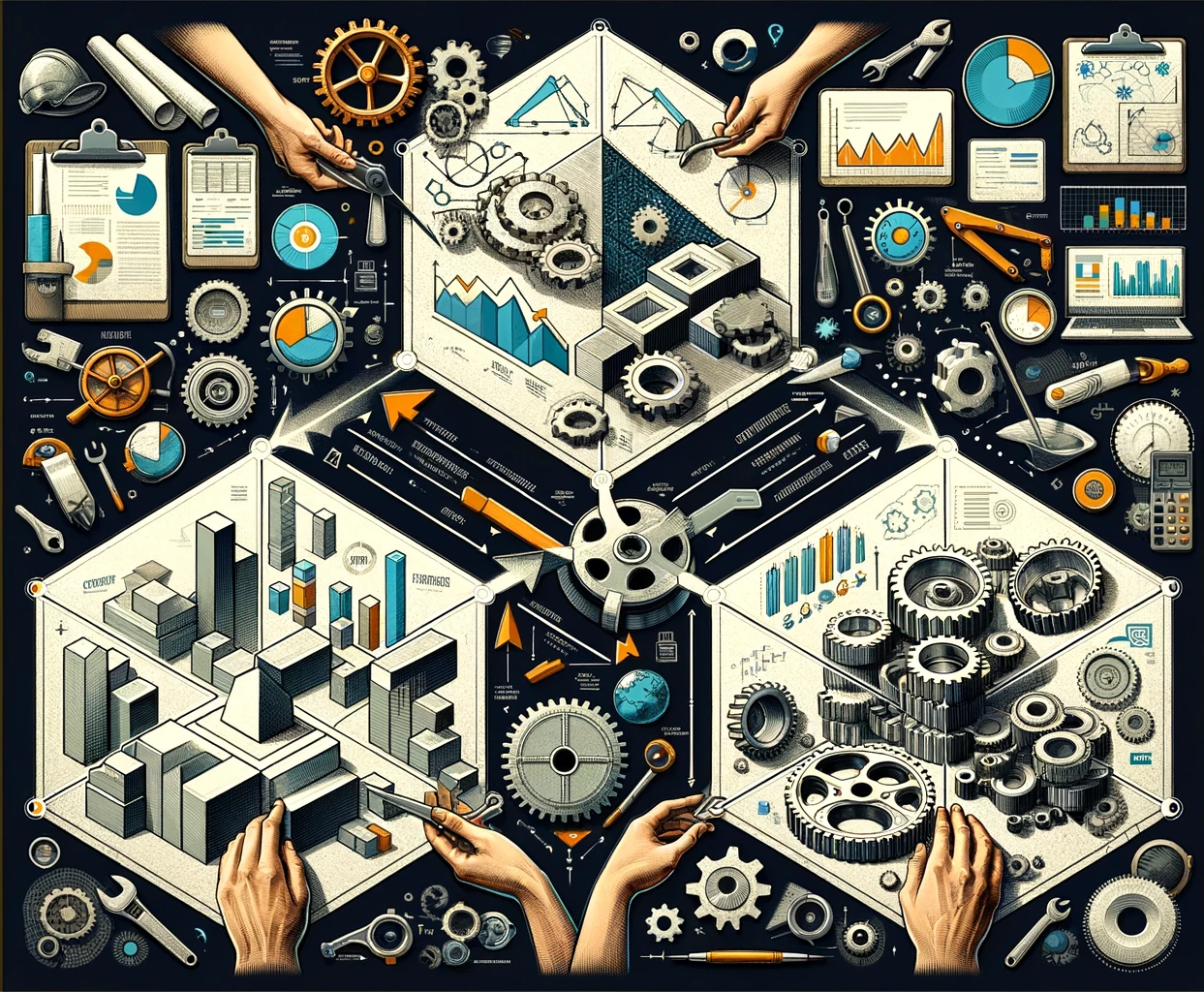The Three Facets of Product Design
The Three Parts of the Human Experience
I like the number 3. It might be my favorite number. My colleague Ken was chatting with me about how our company's product needs to serve three facets: construction, performance, and control. If our product can win in all three domains, then sales will follow. I liked the idea, and it made me think about the analogy of the trichotomy of the human experience as body, mind, and spirit. I also wrote a journal entry about how resilience is tripartite. There's a theme also in Heroic that the good life has three components - energy, work, and love. Optimize those three, and you can optimize your life. So I decided to think about the product in this context and fill out the analogy.
Body / Construction
Is the product built to last? Is it robust or fragile? Can it be made in a logical way? Is it designed for manufacturability? Can it be made with readily available materials? Are any of its parts irreplaceable? Is the platform built with a strong foundation to support future growth and feature development? The work we're doing now is to create the microcontroller-based platform that will allow our product to expand into the future. The foundation is crucial.
Mind / Performance
Does the product perform its intended function well? Aristotle tells us that the goodness of an object is proportional to its ability to complete the task for which it is intended. A knife is good if it is sharp, straight, and cuts through its intended target. A car is good if it can transport you safely and efficiently to your destination, having a fair TCO (total cost of ownership - taking into account fuel, maintenance, repairs, etc.). Is this product good at its intended function? For the product we make at work, it's a combination of fan motors for moving air in a commercial air handler. The goodness of our fan product depends on the efficiency of the system. Can our product maximize the efficiency of the product to be the best possible fan it can be?
Spirit / Control
Does the product function the way the user expects? How is the user experience? How can the product be interacted with or controlled? I had this hot air soldering gun that would detect being placed in its holster, and pause the blower fan. It was so intuitive and a joy to work with. There are some products that are just nice to use. I loved it when cars started doing Carplay and Android Auto. They just 'talked' to my phone and made my navigation and music selection so easy. Can we make our product so easy to use that it feels intuitive? Can we take on all of the complexity so that our user's experience feels simple? In the context of the fans we're making, we certainly have an opportunity to make it so. It will require a lot of work.
Summary
Does the analogy of body, mind, and spirit make sense? Where are the gaps in my thinking? Are there other places where a product design needs to win, that I am not considering?
Disclaimer: The image is ai generated, and I used ai while editing.

